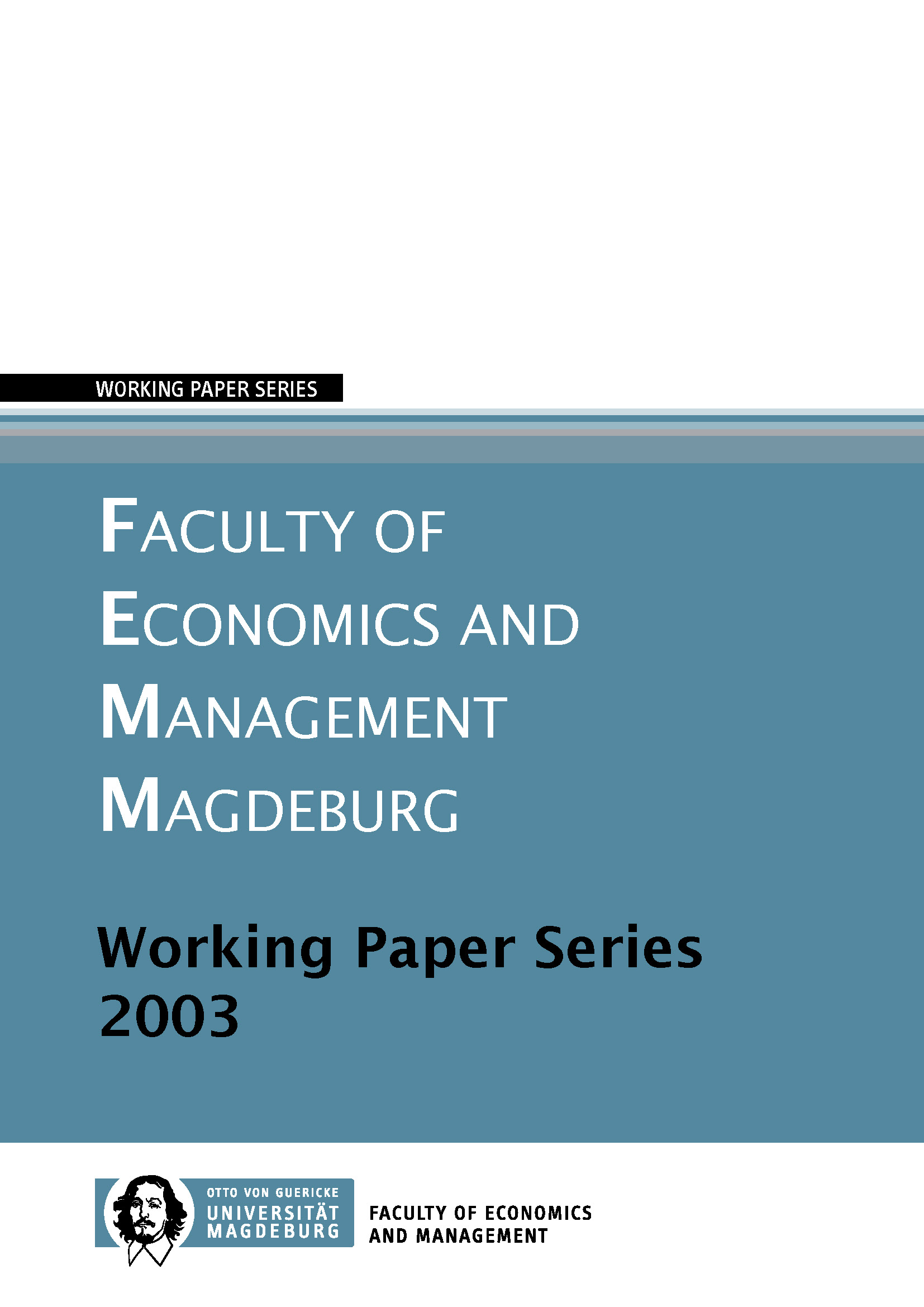Heuristics for demand-driven disassembly planning
Schlagworte:
Disassembly planning, reverse logistics, demand-driven-disassembly, heuristicsAbstract
Remanufacturing of used products has become accepted as an advantageous disposition option within the field of reverse logistics. Remanufacturing, where a firm takes returned products at the end of their life and disassembles them to obtain parts which are reassembled into "good as new" products, may require so called demand-driven-disassembly, where a specific amount of returned products must be disassembled to yield parts which are either demanded externally, or used in the remanufacturing operation. While in its simplest form, the solution can be merely calculated, more realistically complex product structures require a more powerful solution method. The first choice, Integer Programming (IP) can be used to arrive at an optimal solution (see e.g. Lambert and Gupta, 2002), with the disadvantage that the time required to solve the problem explodes with increasingly complex product structures and longer time horizons. Another possible method, heuristics which were presented in a previous work on this problem (see Taleb and Gupta, 1997), offer a faster, easier solution with the disadvantage that it is not necessary optimal, and under certain circumstances may deliver an infeasible result. In this work, this problem was corrected and the heuristic was extended in several important ways to deal with holding costs and external procurement of items. The methodology is illustrated by an example, which arrives at costs close to the optimum. Another advantage of the heuristic is that it can be programmed into code and executed via spreadsheet application, which will facilitate its application. Future research will focus on extending the heuristic further and conducting in-depth performance studies.


